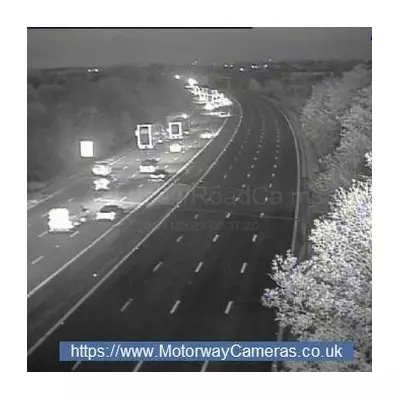
Get ready for a brighter future on Britain's roads – but without the blinding glare that has plagued drivers for years. Revolutionary changes to headlight regulations are set to transform night driving across the UK, bringing both enhanced safety and cutting-edge technology to your daily commute.
The End of Dazzling Nights?
For countless motorists, the approach of an oncoming vehicle with painfully bright LED headlights has become an all-too-familiar hazard. The intense blue-white beams have sparked thousands of complaints and safety concerns, particularly among older drivers and those with light sensitivity.
Now, the Department for Transport is implementing sweeping changes that could make these blinding encounters a distant memory. The new regulations align with updated UN standards, allowing advanced technologies that automatically adjust beam patterns to prevent dazzling other road users while maintaining optimal illumination.
What's Changing on British Roads?
The regulatory shift opens the door for several groundbreaking technologies:
- Adaptive Driving Beams (ADB): Smart systems that use sensors and cameras to detect other vehicles and selectively dim specific sections of the light beam
- Enhanced Pattern Control: More sophisticated light distribution that illuminates the road ahead without blinding oncoming traffic
- Improved Safety Standards: Stricter requirements for headlight alignment and intensity limits
Why This Matters for Every Driver
These changes represent the most significant update to UK headlight regulations in decades. The Royal Society for the Prevention of Accidents has long highlighted the dangers of glare, with research suggesting that recovery from bright headlight exposure can take several seconds – enough time for a serious incident to occur at speed.
"This isn't just about comfort – it's about fundamental road safety," explains automotive safety expert Dr. Sarah Chen. "The new technology allows drivers to use high beams more frequently without endangering others, potentially reducing night-time accidents significantly."
The Technology Behind the Change
Modern ADB systems represent a quantum leap from traditional headlights. Using an array of LEDs and sophisticated control systems, these intelligent headlights can:
- Detect vehicles up to 800 metres away
- Create multiple shaded zones within the light beam
- Adjust in milliseconds to changing road conditions
- Maintain maximum visibility while eliminating glare
When Will Drivers See the Difference?
While the regulations took effect earlier this year, the transition will be gradual. New vehicle models seeking approval can now incorporate these systems, and manufacturers are rapidly integrating the technology into their latest designs.
However, existing vehicles won't require retrofitting, meaning a mixed fleet of old and new lighting technology will share Britain's roads for some years to come. The Department for Transport emphasizes that the changes are forward-looking, designed to accelerate adoption of safer lighting systems rather than mandate immediate changes for all vehicles.
Looking Beyond the Headlights
This regulatory update forms part of a broader movement toward smarter, safer vehicle technology in the UK. As vehicles become increasingly connected and automated, lighting systems are evolving from simple illumination tools to integrated safety features that communicate with other vehicle systems and even road infrastructure.
The future of night driving in Britain is looking brighter – and smarter – than ever before.





